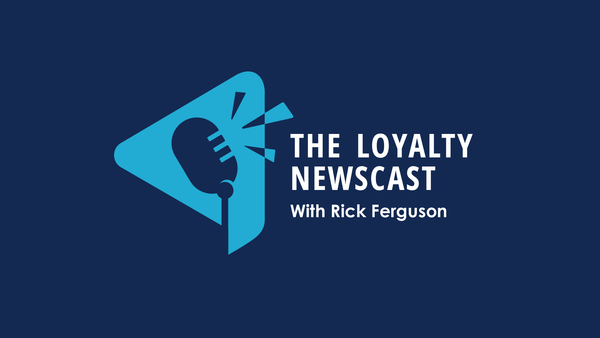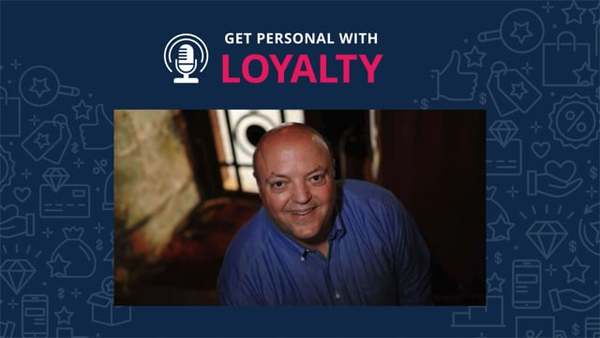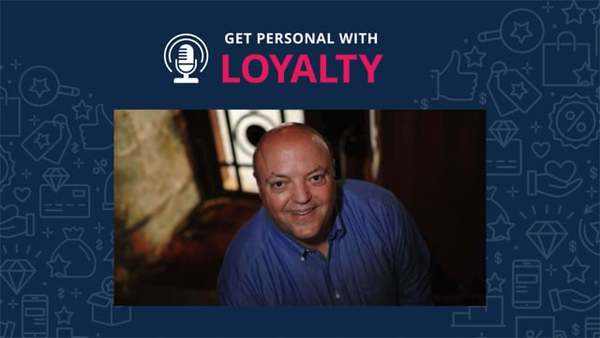Want to learn more about AI and Generative AI? Want to understand how to get started or improve on what you are doing today—watch this video courtesy of Netail and Ascendant Loyalty Marketing. Dr. Mark Chrystal and David Slavick share practical insights that you need to know.








